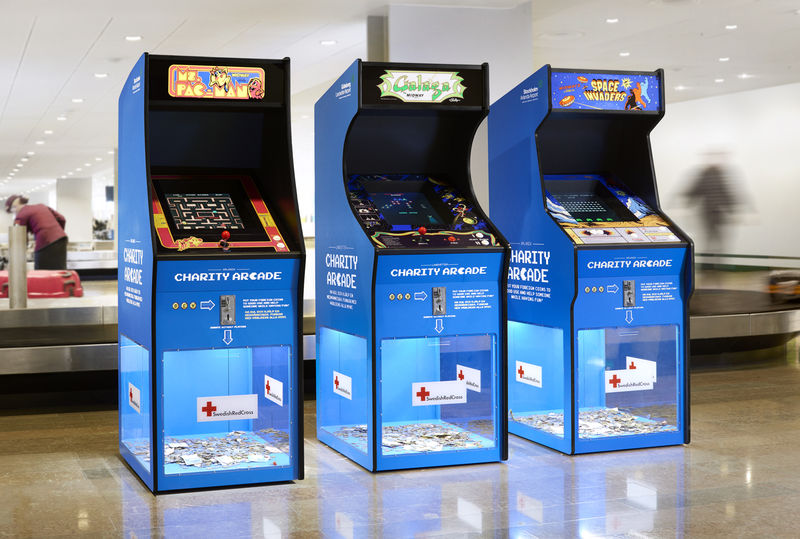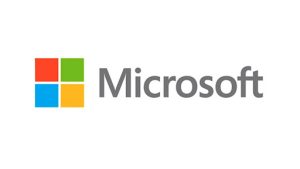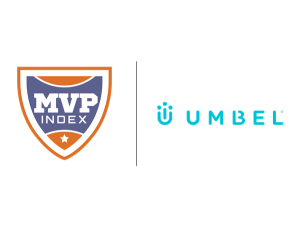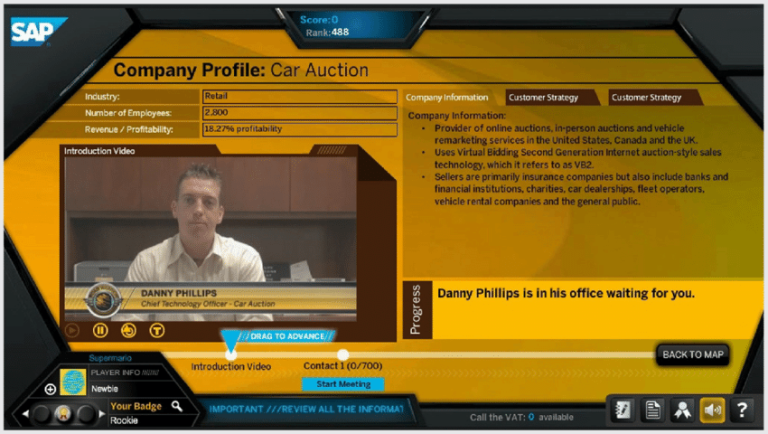[GUEST POST] How Gamification Works at the Workplace

Gwenyth Vallado
Guest Writer (TJC)
Disclaimer: Guest posts represent the diversity of opinion within the world of gamification, and the views and opinions expressed in guest articles are those of the author.
Gamification and the World
Gamification is the idea of integrating game mechanics in a non-gaming context. It can also be defined as a set of activities and processes to solve problems by using or applying the characteristics of game elements.
Look at the world around us: countless gamified applications have emerged to cater to people’s demand for fun and motivate us toward certain desired goals.
There are stairs that bear the appearance of a piano keyboard with a built-in sound generating system to encourage people to reduce usage of elevators.
There are people who turn charitable donations into a game to attract more funds, and there are also countless education programs using gamification mechanics such as badges or role-playing scenarios.
In a changing society, gamification plays a major role in increasing motivation for people to perform specific actions and build certain behaviors — be it students or working adults.

Gamification at Work
How does Gamification positively affect the workplace?
Based on RedCritter Tracker, the first issued gamified project management software, workplace gamification can have the following benefits:
- Increase employee productivity
- Increase the quality of work
- Improve employee morale
- Increase employee retention


Here are some examples of how companies have gamified their work programs.
1. Company: Microsoft
Microsoft is a big corporation that has an array of language localization requirements for its various products.
One major challenge would be for one of the teams managing the translations, having to continuously ensure translations made sense and were accurate.


Microsoft integrated a gamification strategy and created a ‘Language Quality’ game.
The game was simple and involved users to just view screens in order to check for accuracy of the translations.
To make employees pay attention, Microsoft intentionally included poor translations to improve the focus of its employees.
Over the course period, almost 4,500 users reviewed 500,000 screens to improve or correct translations based on native languages. Furthermore, Microsoft Japan planned a company-wide day off purely to play this game, successfully leading them to place on top of the leaderboard.
2. Company: Umbel (MVPindex)
Umbel (now known as MVPindex), a data management platform for organizations to analyze their customer data.
They did not want to face the challenge of a long, arduous screening process that would expend a lot of time and manpower, but had to still find a way to ensure that only the best-suited candidates were applying for their technical roles.
With that, Umbel integrated gamification in a creative and smart way into their talent acquisition process.

Umbel created a gamified challenge as a screening process. It was known as Umbelmania and in this game, the professional coders and amateurs were asked to fight off a series of opponents in a fighter style first-person game. However, in reality, they were actually coding the movements of their player.
The whole purpose of playing Umbelmania was to get points. The points were highly meaningful for the players as they indicated how far a player could advance into the interviewing process which gave a simple and clear estimate for the interviewees if they were well-suited for the applied job.

3. Company: SAP

SAP couldn’t afford sales representatives having insufficient knowledge or to be unaware of the intricacies of its complex product line. Hence, the company leveraged gamification techniques and developed an application which was a game show called RoadWarrior.

This game application simulated conversing with a customer which allowed employees to get a rough experience of engaging with customers. Employees who performed well would be awarded badges, along with a significant place on the leaderboard. The only thing the employees were required to do was to answer the questions of the customer accurately.
The game-show-like app did not only make learning a lot more fun, it also created a real-life scenario for the sales representatives with instant feedback via a “conversation meter” to track how well they were performing during the meeting. This helped make them more confident and motivated, boosting their productivity and knowledge in dealing with customers and ultimately helping them achieve better sales results.
How does Gamification negatively affect the workplace
Just like any other tool, gamification can have its pitfalls if implemented incorrectly. Failures can stem from instances when the gamified program does not address or correctly identify what would motivate their target audience to perform desired behaviors. Here are some examples:
1. Disneyland Resort: It can create an unfair and unhappy working environment
One example of gamification gone wrong occurred in 2008, when Disneyland Resort Hotels in Anaheim, California implemented a traffic-light-themed electronic leaderboard which tracked the performance of laundry staff.
The red light meant that employees were behind in meeting management’s goals, while yellow reflected that they were working at a slow pace, and lastly green indicated that workers were hitting their targets. As a result, accidents increased and quality of work decreased among employees.

Workers scornfully dubbed this as “the electronic whip”. News articles were eventually published about workers who, struggling to keep up, skipped bathroom breaks in fear that they would fall behind. In addition, pregnant women had trouble meeting the targeted goals.
2. Failure to make every employee feel valued

One part of creating a comprehensive game is ensuring that the average worker can win.
To do this, the game’s design requires the input of multiple professionals with behavioral, learning and business experience, said Gal Rimon, CEO and founder of New York City-based employee performance platform GamEffective.
“If there are 10,000 employees, and the leaderboard only shows the top 10 performing employees, the chances that the average worker would be in the top 10 is almost zero, and that demotivates the players,” Rimon said.
Conclusion
Undoubtedly Gamification has its pros and cons in the workplace. If used correctly, gamification creates productivity and enjoyment in the workplace, and becomes an integral part of a company’s success. On the other hand, failure to apply gamification well and with a clear plan would result in demotivated (or even unmotivated) employees and an unhappy workplace.
Gamification is still new to many people, and can not only create a communal and meaningful experience for employees by giving them a new medium to try out, but can also combine fun and work together.
If done right, gamification can empower, motivate, and engage employees, leading to better performance and increasing the business worth of the organization.

Check out how other companies have been using Gametize to gamify their workplace here.
